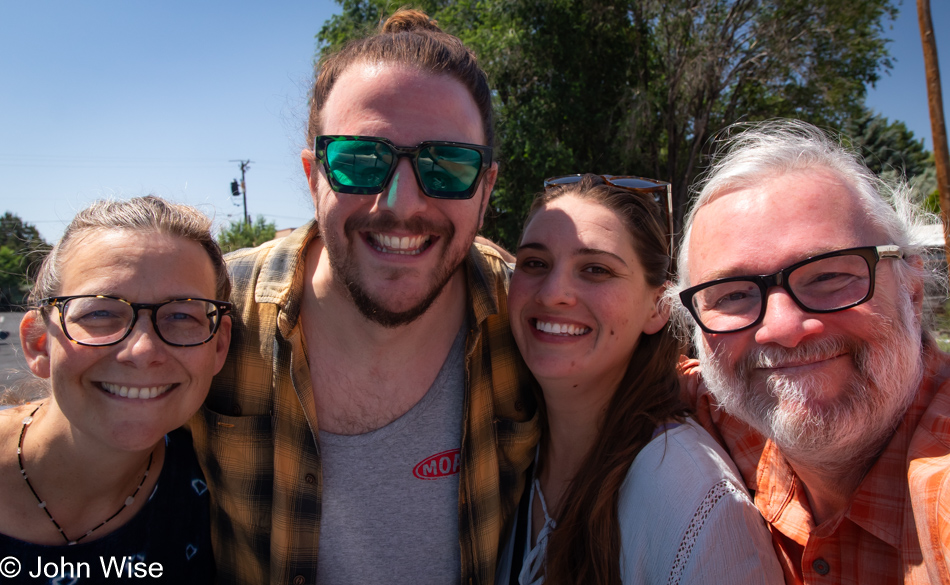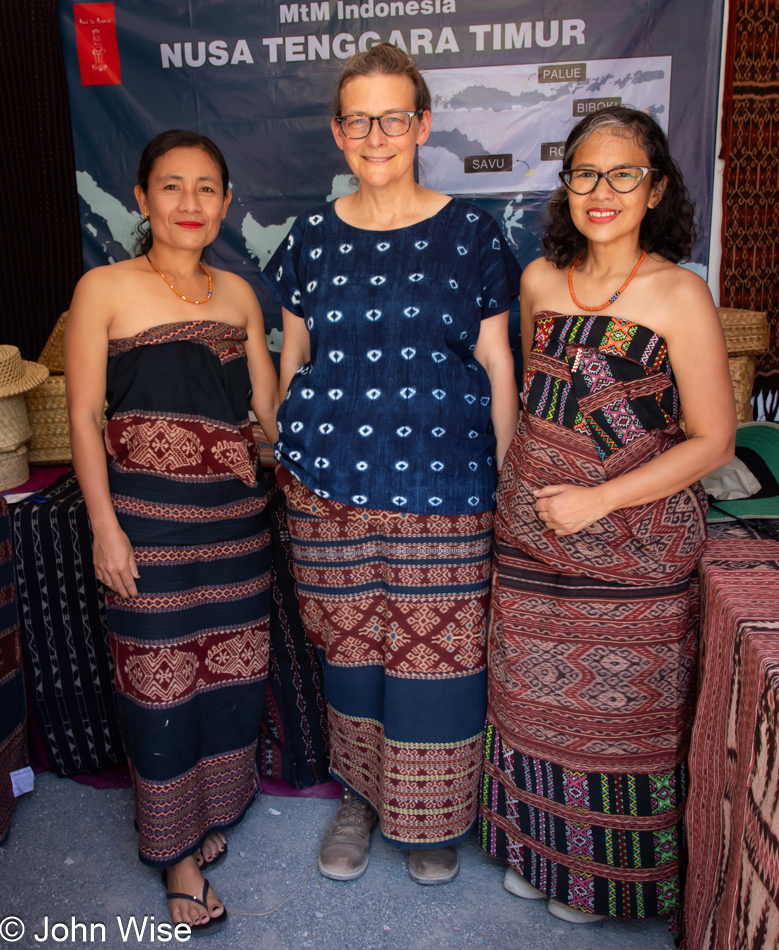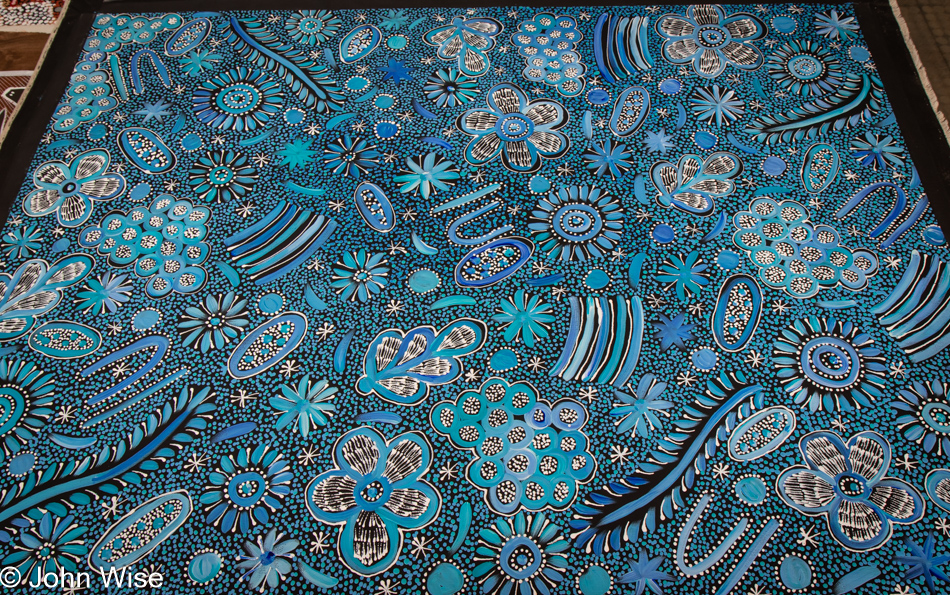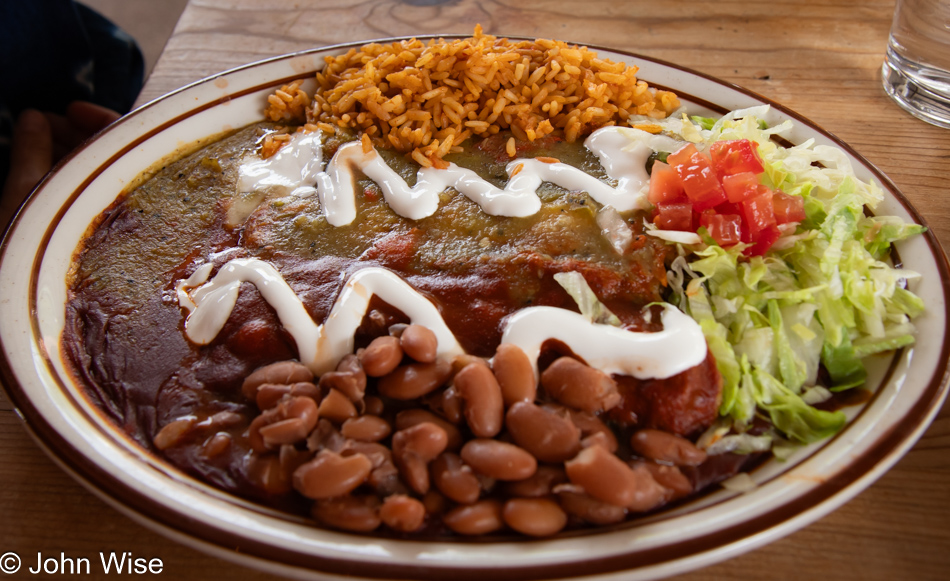
I should begin this post talking about green chiles so as not to offend the gods of New Mexico. While we were starting the day at the Pantry, where we’d have breakfast that includes green chiles, we were also returning to meet with Ivan and Merry, who moved from Phoenix to Santa Fe just a week ago. We only learned of their repositioning on the map in the days after our return from Oregon. The speed of their escape was due to each of them encountering a lucky break that promised to turn out fortuitous for their lives and careers, with both finding employment opportunities that complement their aspirations and relationship. For the next three hours, we chatted, moving our conversations outside as the Pantry grew busier. From authors Thomas Pynchon and Arno Schmidt to Richard Powers, living situations, our recent travels, their 8th anniversary this past Tuesday the 9th, the burning of the Zozobra, relationships, life in Santa Fe, teaching, the Folk Market, crafting aspirations, the poem Sunday Morning by Wallace Stevens, and a hundred other things that were compressed into our abbreviated meeting, we talked about all we could coherently fit into our shared time and then with the market looming, we said goodbye until our paths cross again. This brief description of our encounter cannot do justice to the nuanced and subtle ways that a broad conversation about passionate matters can influence what was a speedy meeting. Maybe after they are settled, we might find some time in Santa Fe together, where we can meet without the pressures of schedules and other obligations over a weekend, maybe over coffee at our favorite pretentious local coffee shop called Ikonic.

It was already noon when we stepped back into the Railyard Park for our last hours of visiting the International Folk Art Market (IFAM), and while I thought we were done shopping, there were still a couple of surprises for us. First, though, we needed to visit the Meet The Makers Indonesia booth to take a photo of Maria Cristina (Crissy) Guerrero, fiber artist Ice Sarlince Tede Dara from Savu (as I pointed out in yesterday’s post) with Caroline, who wore the sarong, also known as an Ei Raja, that she bought the day before. The provenance of Caroline’s Ei Raja (sarong) is as follows: the pattern is called Kobe Morena and is a design originating from the people of Savu, specifically with Dule Mudji of the Ae moiety and the female lineage of Ga. The fabric is naturally ikat dyed using indigo (blue to black) and the roots of the morinda tree (red). While anthropologist and author Dr. Genevieve Duggan shared many details of the origins of the piece, we’ll have to buy her book titled Savu: History and Oral Tradition on an Island of Indonesia if we really want to bring into our minds those details.

Apparently influenced by Aboriginal Dreamtime painting, these Australian prints were available at the market, though they are not something we are necessarily interested in bringing into our lives, not because they lack beauty, but because we already have so much complexity in our lives and so many interests to interpret that we are close to being overwhelmed.
Also overwhelming is the extraordinary amount of pretension found here at the International Folk Art Market, possibly due to the abundance of privilege from many of those also able to spend such amounts of money at such an event. Fortunately, albeit rare among attendees but more common with the craftspeople, there is an integrity, passion, and enthusiasm that separates the simply wealthy from those who have an authentic joy for life and what great fortune really means, how it’s measured, and how to share what has been bestowed upon and within them. For the preening, look-at-me class of empty vessels that haughtily stride through, they befoul the environment with an ugly, selfish sense of perfection that feels fake and disrespectful, but that’s often the nature of America’s affluence at this juncture in our history.

What is the value of owning something made of an extraordinarily uncommon material, such as stinging nettle? Well, if it looks and wears nicely, it could be a brilliant acquisition, and that’s what I think of the skirt Caroline is holding in her hands. The fiber artists who made this piece are from Nagaland, a relatively controversial state in India. Not only are most people from Nagaland Christian and not Hindu or Muslim, but there has been a movement seeking sovereignty as an independent country, which doesn’t play well when a country such as India has been flying the nationalist flag for decades and now, with the current movement against religions others than Hinduism (Hindutva), they must be even more unpopular. The implications regarding Nagaland’s issues seem to be an underlying factor about why goods from that corner of India are difficult to find in the worlds outside their borders, sadly.
So, here’s my German-American wife wearing a sarong from Indonesia, a shirt from Mali, one bag from Bolivia, another from Chiapas, Mexico, along with a bracelet of Peruvian good luck Huayruro seeds, while carrying her new skirt of stinging nettle, possibly from the Chakesang Naga tribe in the Phek district of Nagaland. Now, if only more people could embrace the diversity of options, expand their horizons, and pull back from the cultural conformity afflicting modernity.

We thought that by returning to La Choza for a repeat visit at 4:30, right when they open for dinner, we’d get a table pretty quickly, but still, it took about 20 minutes as so many others had signed up before us. Caroline mixed things up when she deviated from the tried and true green chile and opted for Christmas style, with half the plate covered with red chile and the other with green chile, and to both of our surprise, the red chile here is likely the best we’ve ever had and is probably the spiciest.
After visiting IFAM here in Santa Fe, New Mexico, for three years running, we might take a break from next year’s festivities to allow the anticipation to build up again. Prior to our first visit in 2022, Caroline had wanted to attend for years, but for one reason or another, we were just not getting it together. And while our resolve here on our last full day in Santa Fe is to skip 2025, Caroline has been talking for a couple of years about being a volunteer at the event, so maybe our resolve is not set in stone.